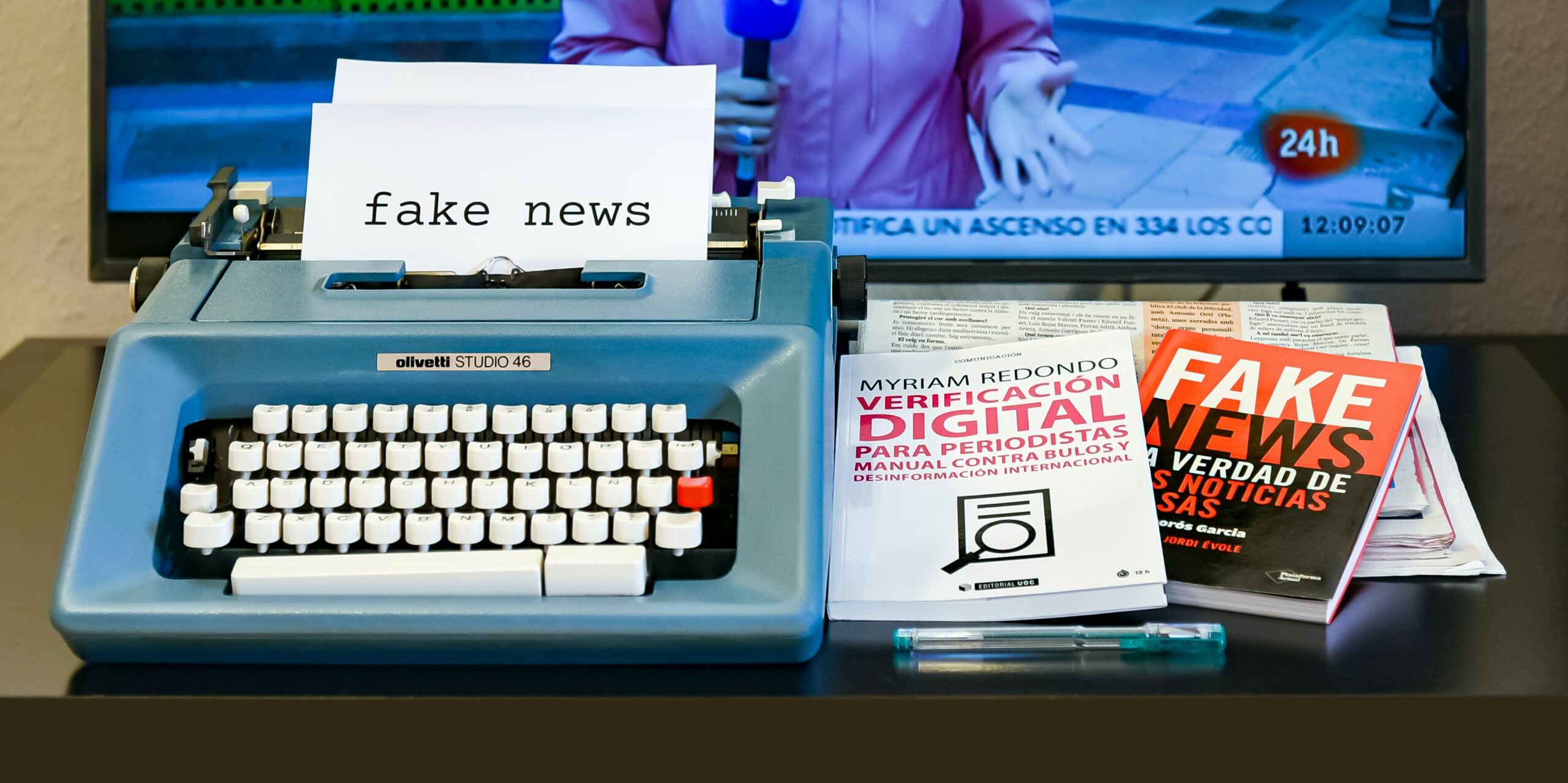In 2020, AZ Congressman Paul Gosar tweeted an image that appeared to show former President Barack Obama and Iranian President Hassan Rouhani shaking hands. Reporters quickly debunked the photo as an altered fake of a real photo between Obama and former Indian Prime Minister Manmohan Singh. But the fake was shared thousands of times.
As elections loom, it’s crucial to know how to spot fake news so that you are not manipulated and don’t spread false stories.
Misinformation is intentional use of false information to affect the participation of voters in elections and to harm a person, group, organization or country. Examples include wrong election dates for a specific group, manipulated audio/visual content, conspiracy theories or rumors, or voter intimidation. Disinformation, in contrast, is accidental sharing of inaccurate information.
Truth Labs has terrific short videos to inoculate you against misinformation. https://inoculation.science/
Simple steps to consider, suggested by the International Federation of Library Associations, are:
- Consider the source
- Check the author
- Check the date
- Check your biases
- Read beyond (the emotionally charged headlines)
- Check supporting sources
- Check to see if satire
- Ask the experts, such as a librarian
- Consult a fact-checking site, such as PolitiFact, FactCheck.org, Snopes, Flack Check, and Hoax Slayer
- Reverse search the image, using search image with Google Lens, or TinEye, which provides image search and recognition
Don’t be hoodwinked! Instead, be informed.

